

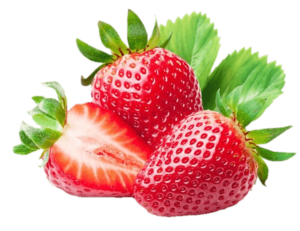
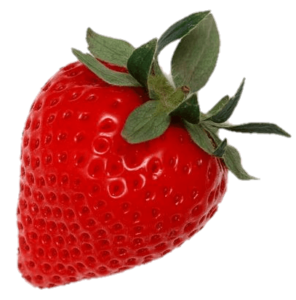

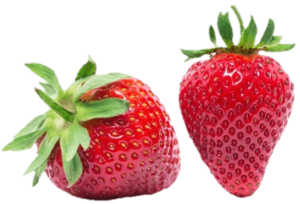



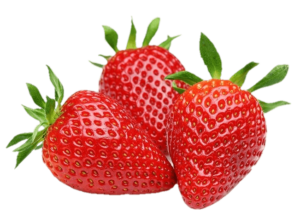

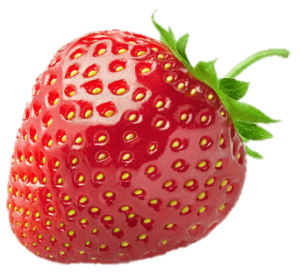
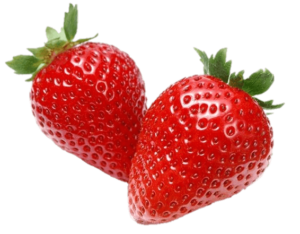
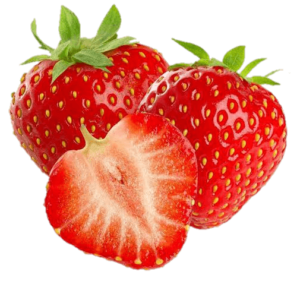

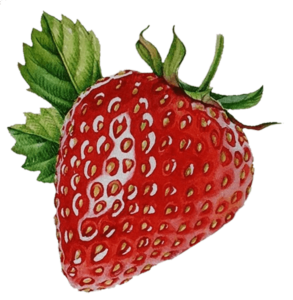
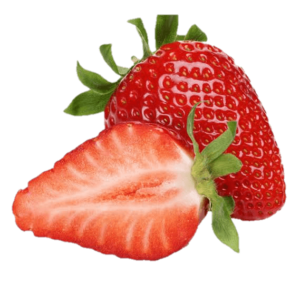
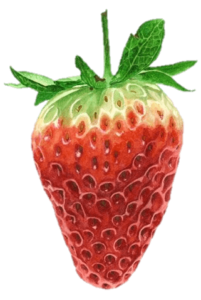
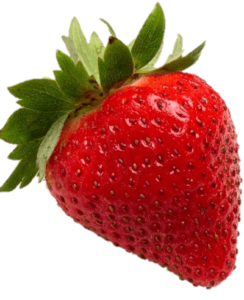
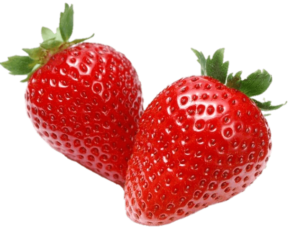

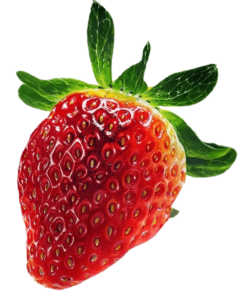
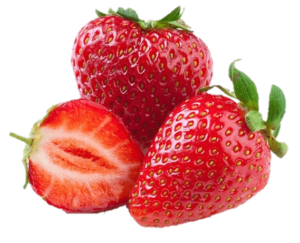
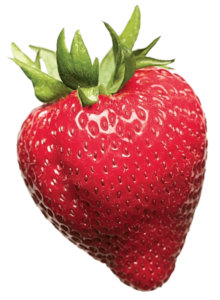
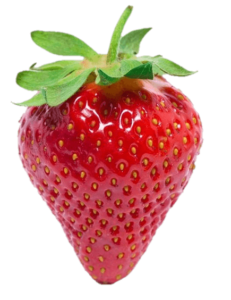
The strawberry, a vibrant and delectable fruit, is a beloved treat people worldwide enjoy. Known for its luscious red color, refreshing taste, and delightful fragrance, the strawberry has earned its place as one of the most popular fruits in culinary and cultural traditions.
The strawberry has a long and fascinating history, dating back centuries. Native to various regions across the globe, including Europe, North America, and parts of Asia, wild strawberries were discovered by ancient civilizations. They were often used for medicinal purposes due to their perceived health benefits. The name “strawberry” is believed to have originated from the practice of laying straw around the plants to protect the fruit from rot and pests.
Strawberries are a sweet indulgence and a nutritious addition to any diet. They are rich in essential vitamins, minerals, and antioxidants, making them a superfood in their own right. Strawberries are a great source of vitamin C, which boosts the immune system and aids in collagen production for healthy skin. They also contain significant amounts of dietary fiber, promoting digestive health. Moreover, strawberries contain antioxidants like anthocyanins, which have been linked to reducing inflammation and fighting off certain diseases. Regular consumption of strawberries has been associated with improved heart health and a reduced risk of certain cancers.
Strawberries have found their way into various cultures, often symbolizing different concepts. In some ancient cultures, strawberries were associated with love and fertility, making them a common motif in romantic tales and artwork. Native Americans utilized strawberries for medicinal purposes and incorporated them into their ceremonies. Today, in modern Western culture, strawberries are an essential part of celebrations, particularly in desserts like strawberry shortcakes and strawberry tarts, often representing joy and abundance.
The culinary potential of strawberries is virtually limitless. From simple pleasures like enjoying them fresh, with cream, or in smoothies, to more elaborate dishes like strawberry cheesecake and strawberry ice cream, these fruits cater to a wide range of tastes. They also pair well with other ingredients, making them an excellent addition to salads, salsas, and savory dishes. Additionally, strawberries can be used to create jams, preserves, and syrups, preserving their delightful flavor long after the harvest season.
Strawberries are primarily grown in temperate regions, and their cultivation has grown significantly due to their popularity. However, commercial strawberry farming has some environmental impact, as it can lead to soil degradation, water pollution, and the use of pesticides and fertilizers. Sustainable farming practices, such as crop rotation and integrated pest management, are being increasingly adopted to mitigate these environmental concerns.


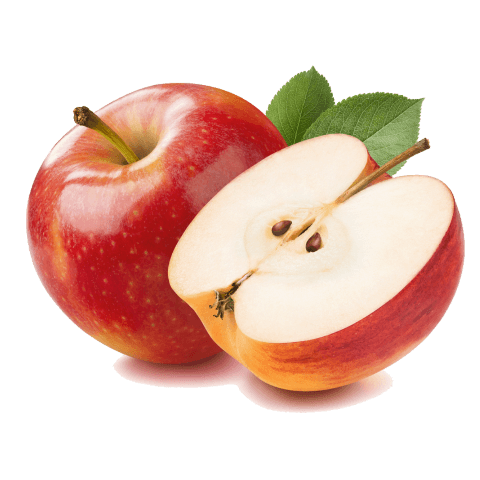
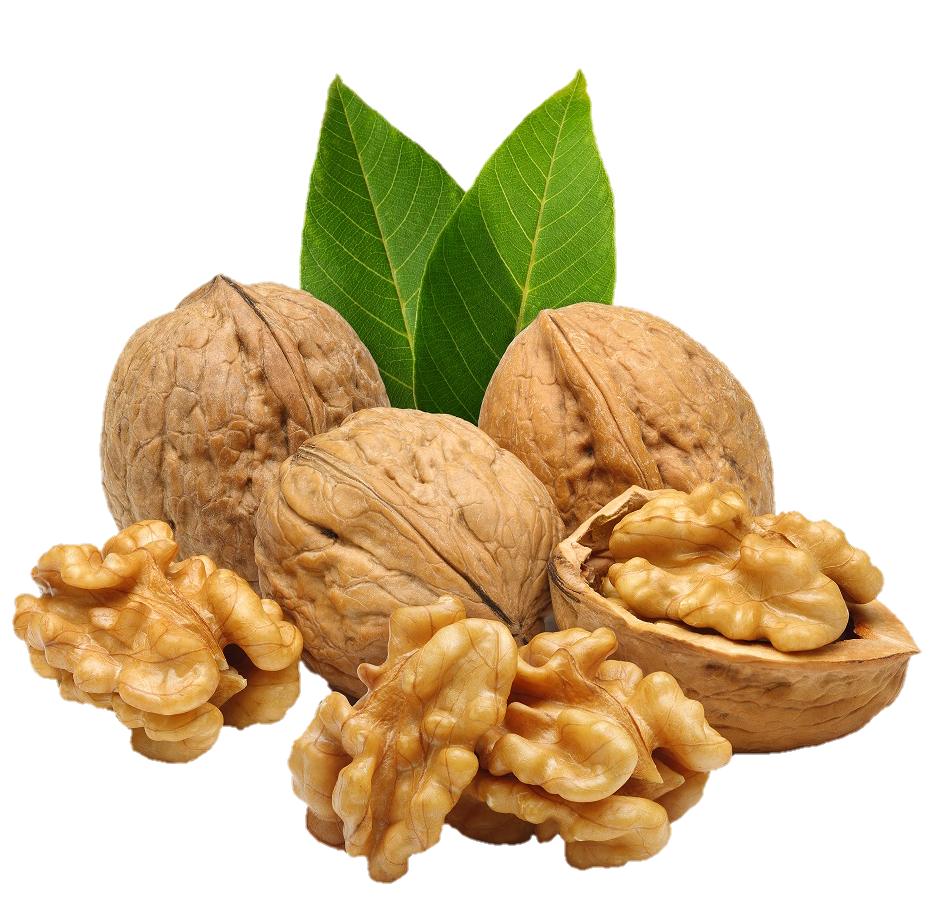

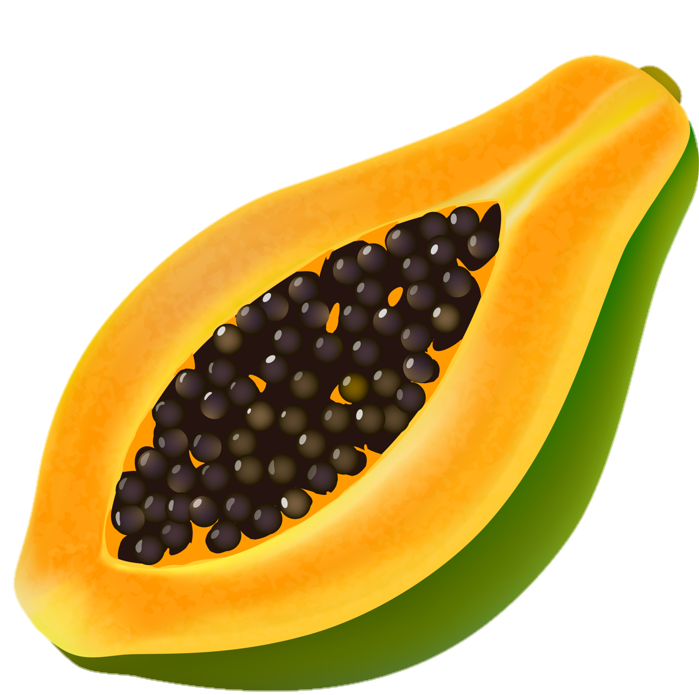

Leave a Comment
Instagram